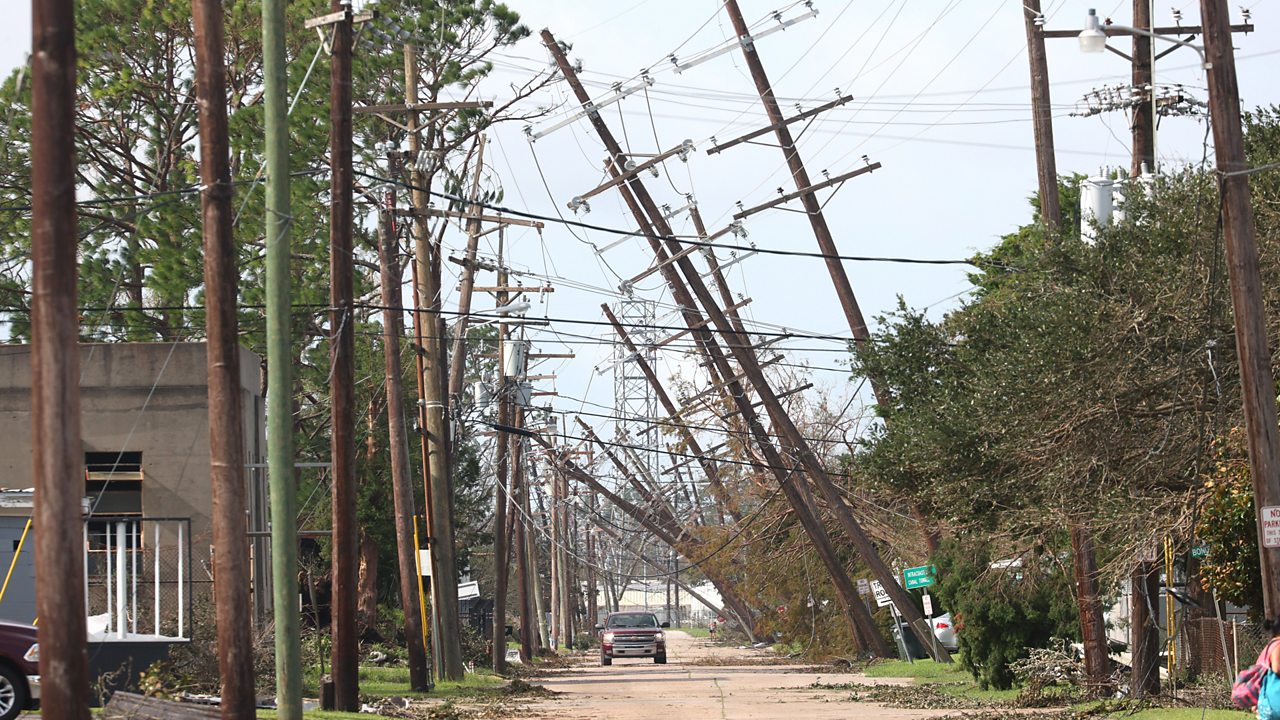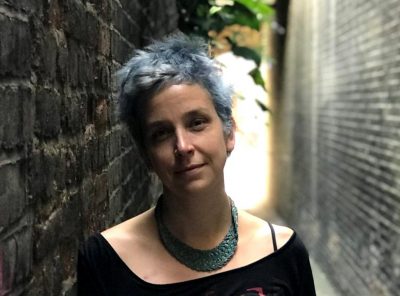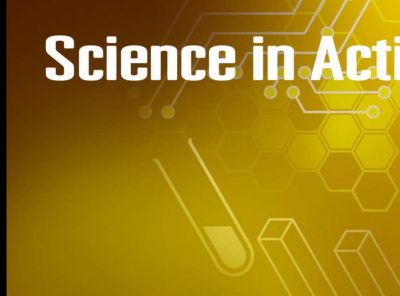Hurricane -Ida and Katrina
When hurricane Ida struck the coast of Louisiana last weekend, almost to the day that Katrina did 16 years ago, comparisons between the two events were soon to follow.
As the latest storm continues to wreak havoc and death further north in the US, Suzana Camargo of Columbia university talks to Roland Pease about the similarities and differences, the better forecasting available now, and the grim reality that climate change suggests for this and future hurricane seasons.
A couple of weeks ago, Science in Action looked at the carbon accounting of Blue Hydrogen (hydrogen manufactured from fossil fuels). Listener Nick Arndt got in touch to say we were wrong when we stated that hydrogen can’t be piped out of the ground from natural sources. His company, Sisprobe, is using its passive seismic prospecting technology to work with an international consortium that aims to unlock a new “hydrogen Rush” – commercialising what they suspect to be a near-ubiquitous source of genuinely carbon-free fuel to supply the world economy of the near future.
Viacheslav Zgonnik – CEO of start-up Natural Hydrogen Energy LLC – has been working on hydrogen for 10 years, has written a recent review of the science, and tells Roland about current and future studies into finding the best way to tap this simplest of molecules before it escapes into space. In Chile, the recent megadrought has led to fears that hydroelectric damns may become so drained that power-outs may occur in the coming months.
This will not help Chile to achieve its target of carbon-neutrality by 2050. Apt, then, that a new Concentrated Solar Power plant (CSP) is now up and running in the north of the country. Reporter Jane Chambers has been to visit Cerro Dominador – the spectacular new array of 10,600 mirrors that focus sunshine onto a molten salt target, heating it up to 560C, and generating up to 210 MW electricity.
Meanwhile, archaeologists have been doing a molecular analysis of a protein found to survive in the bones of unfortunate victims of the Mount Vesuvius eruption that destroyed Pompeii.
Despite the searing heat that killed inhabitants of nearby Herculaneum, Oliver Criag of York University has been able to examine the different isotopes in amino acids still recoverable from their bones to help identify what sorts of things these people ate during their tragically foreshortened lifetimes.
A whole lot of cereals generally, but more interestingly, the men tended to eat more fish while the women seem to have consumed more meat and dairy.
(Image credit: Scott Olson/Getty Images)
Presenter: Roland Pease Producer: Alex Mansfield
Read more about the Atlantic hurricane season and Science in Action and follow the BBC Broadcast’s on 91.5 FM and 102.5 FM and tune in Online.



